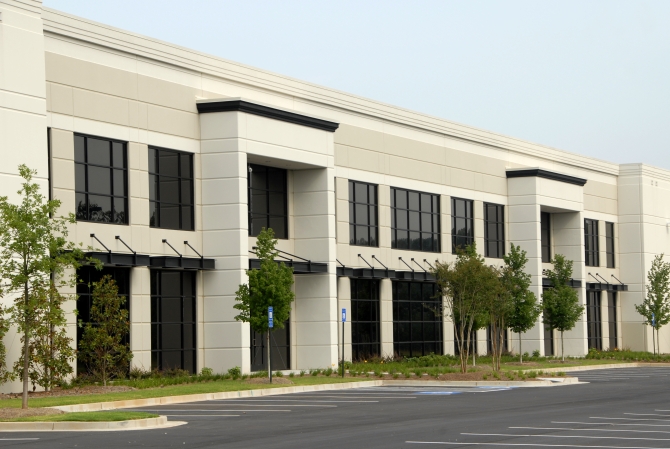Take-up in the South East office market reached 3.4 million sq ft during the first half of 2015 – the highest half-year volume ever recorded.

According to data from DTZ, the Thames Valley and South M25 regions gained a huge boost from businesses seeking lower costs by relocating from the increasingly expensive central London market.
Furthermore, the North M25 region was responsible for 40 per cent of the period’s entire transaction volume, although this was heavily skewed by AstraZeneca’s 850,000 sq ft take-up at the Biomedical Campus – the largest deal of the period in the whole of the South East.
Unfortunately, though, the stellar performance of the first half does come with a downside: namely, the increasingly steep drop in availability thanks to a recent lack of development. During the period, availability saw the largest individual decrease since 2009, falling by 11 per cent to mark the lowest level since the second quarter of 2007.
Senior UK analyst at DTZ, Alex Dunn, points out that the large deals conducted by pharmaceutical firms in the first half had a significant impact upon office supply.
He says; “As availability has fallen, occupiers have taken to signing pre-lets on new, higher-quality space.
“This has led to a significant increase in Grade A activity with 2.1 million sq ft signed in the first half of the year. By comparison, only 1.9 million sq ft of Grade A space was taken in the whole of 2014.
“Pharmaceuticals took more space in H1 2015 than any other business sector, with 1.4 million sq ft transacted. This represented a quarter of all deals in the regions.”
The steady depletion of existing supply saw West London experience a weaker start to the year, with second quarter take-up of just 73,000 sq ft marking its third consecutive quarterly decline.
Furthermore, the lack of upcoming developments in the pipeline means that less than a year’s supply remains in the South East should current take-up rates continue, leaving potential occupiers with no choice but to pay high prime rents on Grade A space or compromise on secondary existing properties.
Fortunately, though, the issues facing occupiers has failed to dampen the enthusiasm of investors looking to snap up assets in the South East, with growing rental costs set to create numerous opportunities for property funds and private investors alike.
Head of UK research at DTZ, Ben Clarke, says; “Investor sentiment remained strong in the South East in the first half of the year and £1.4bn was transacted, which could potentially lead to a record year.
“Weight of money eroded the average South East office yield to 5.16% during the second quarter, the lowest since Q2 2007.
“Nevertheless, the significant yield compression more widely in the UK regions, and particularly in Manchester, has actually made investment pricing in the South East look comparatively favourable.”